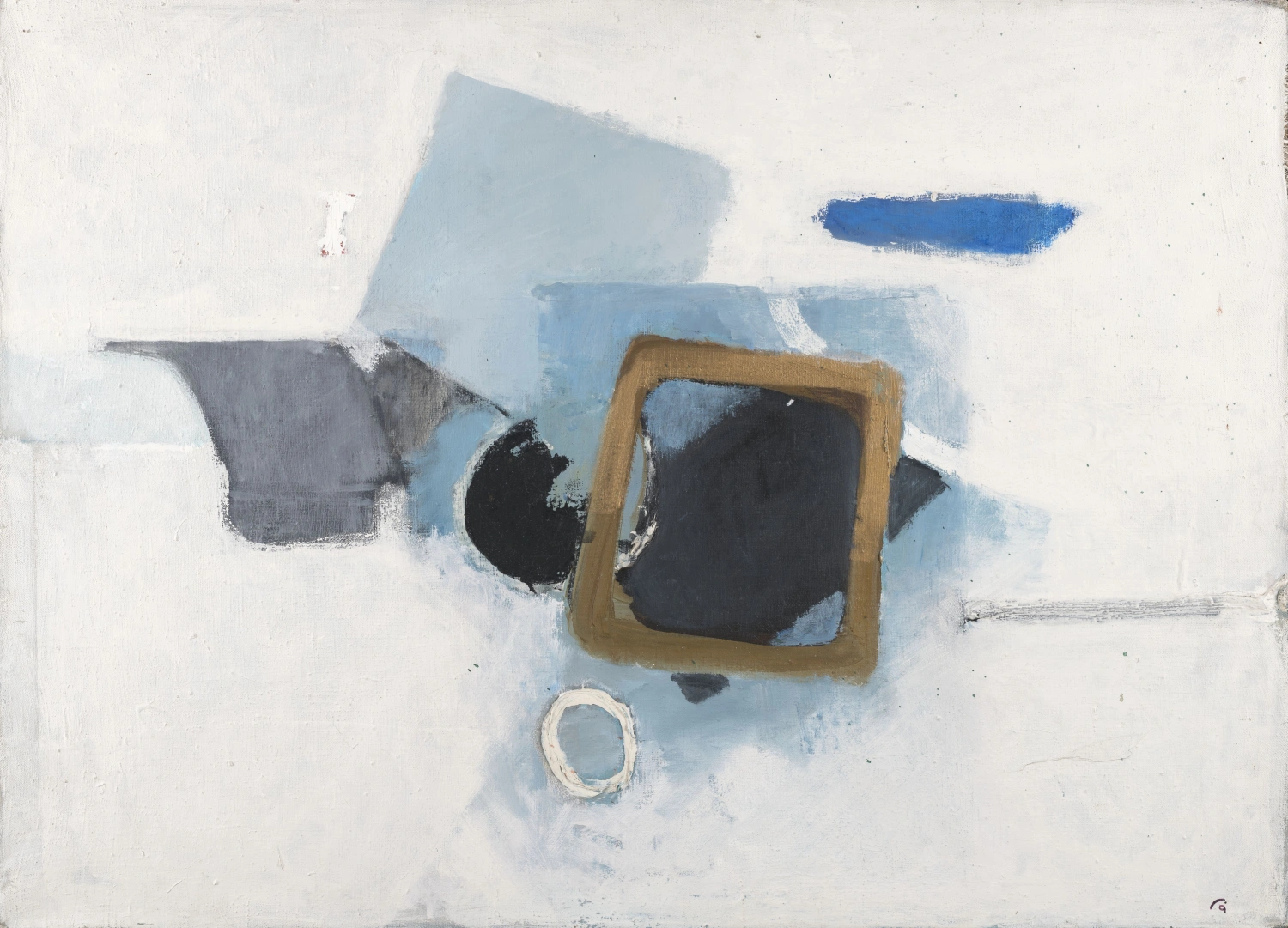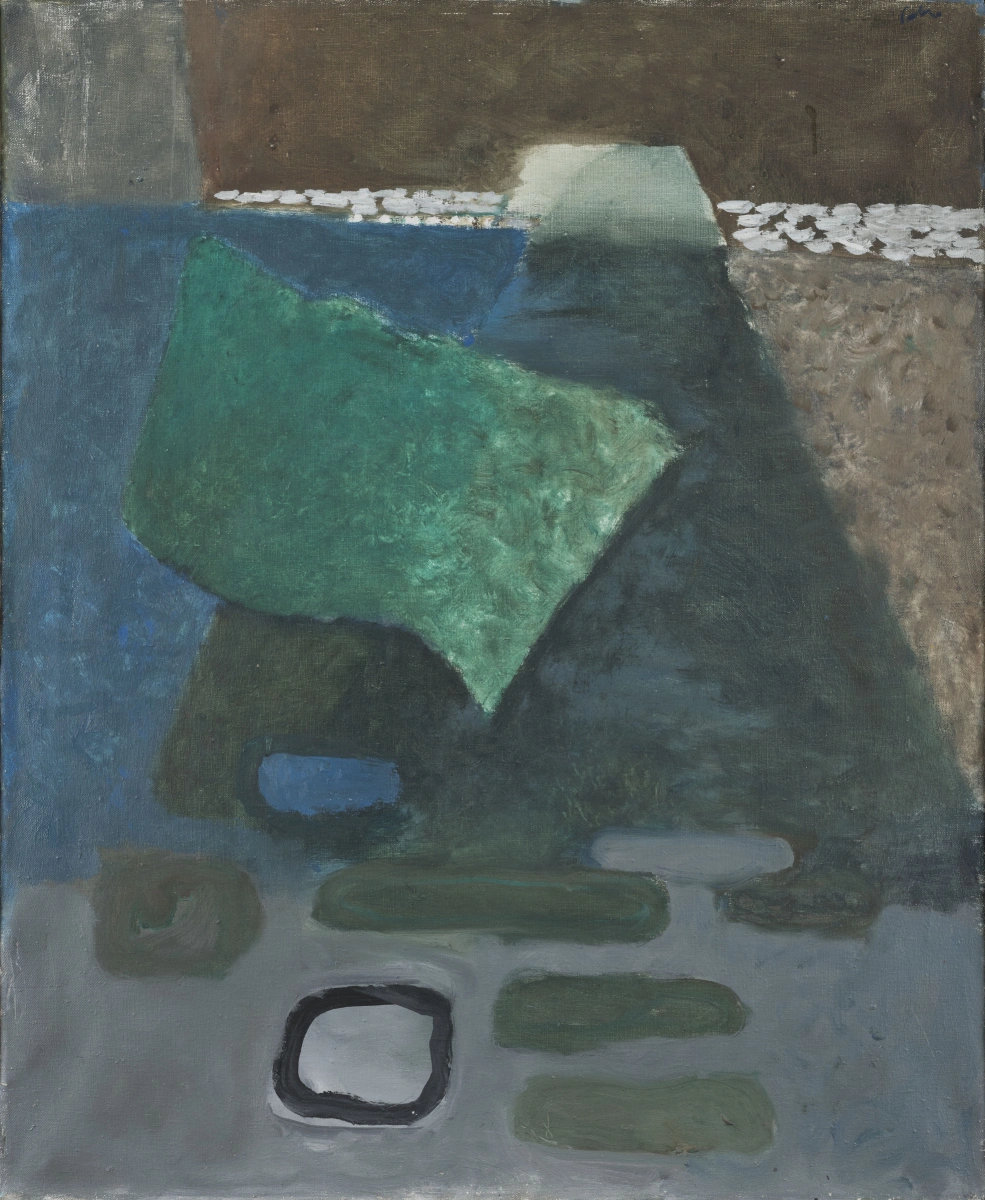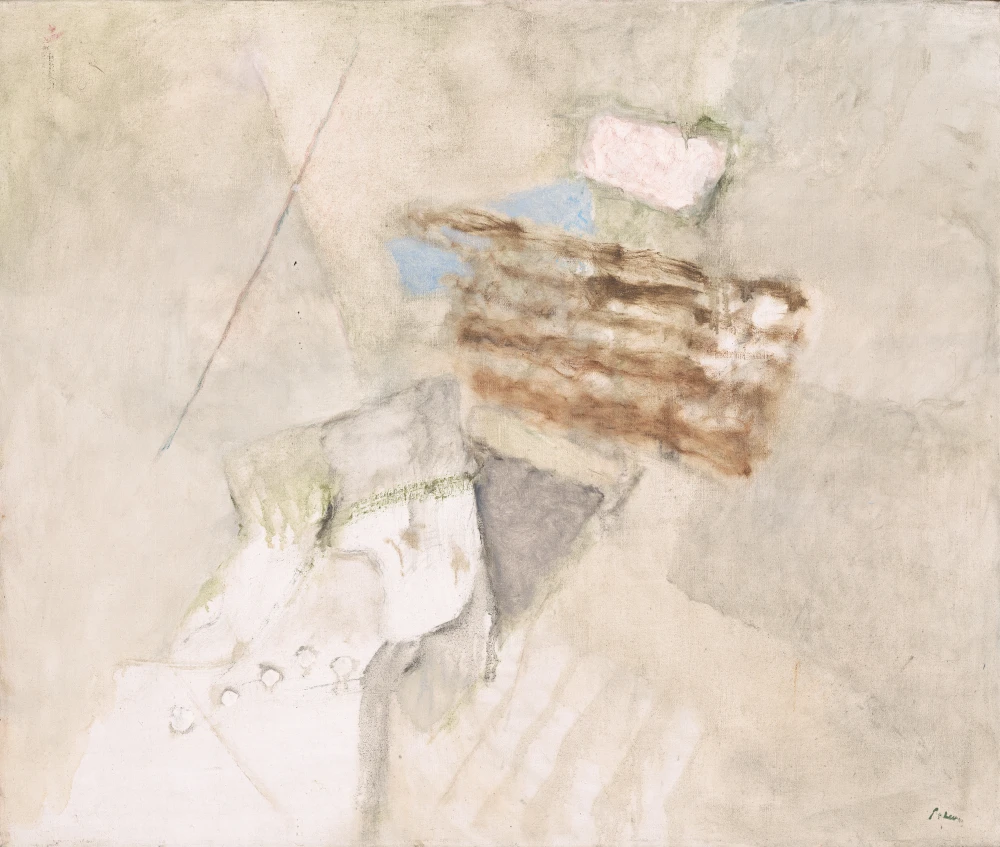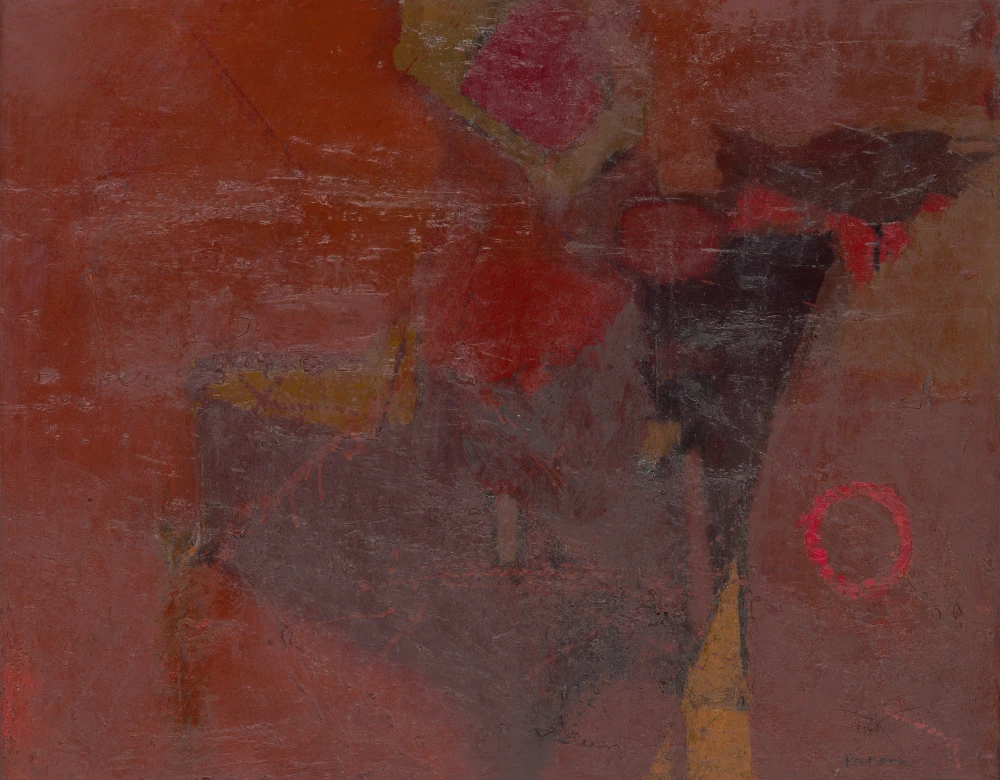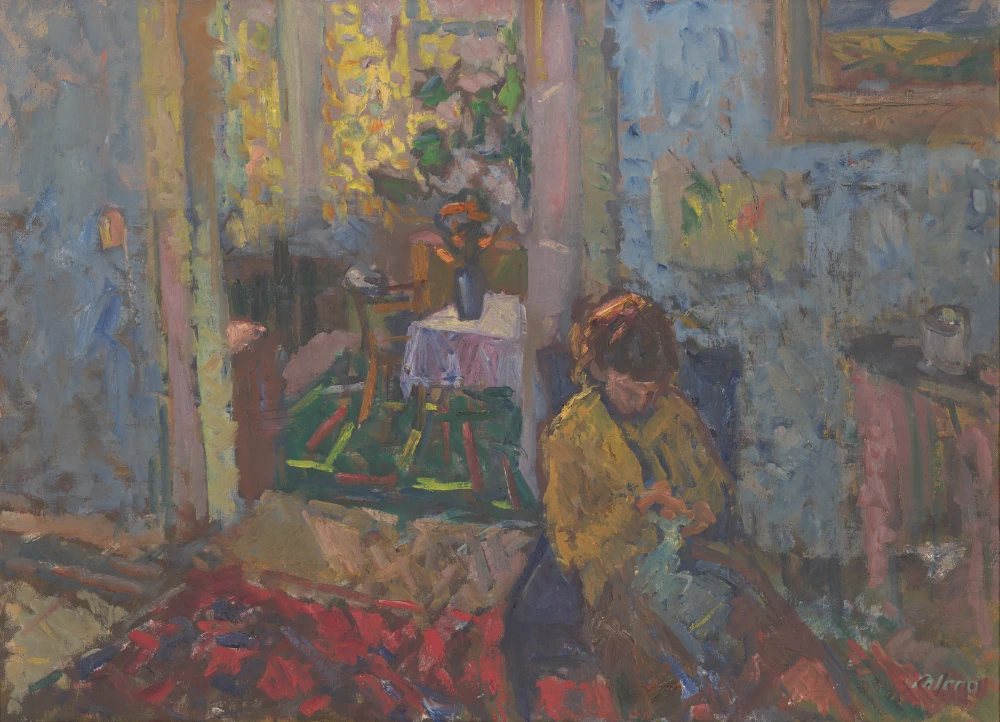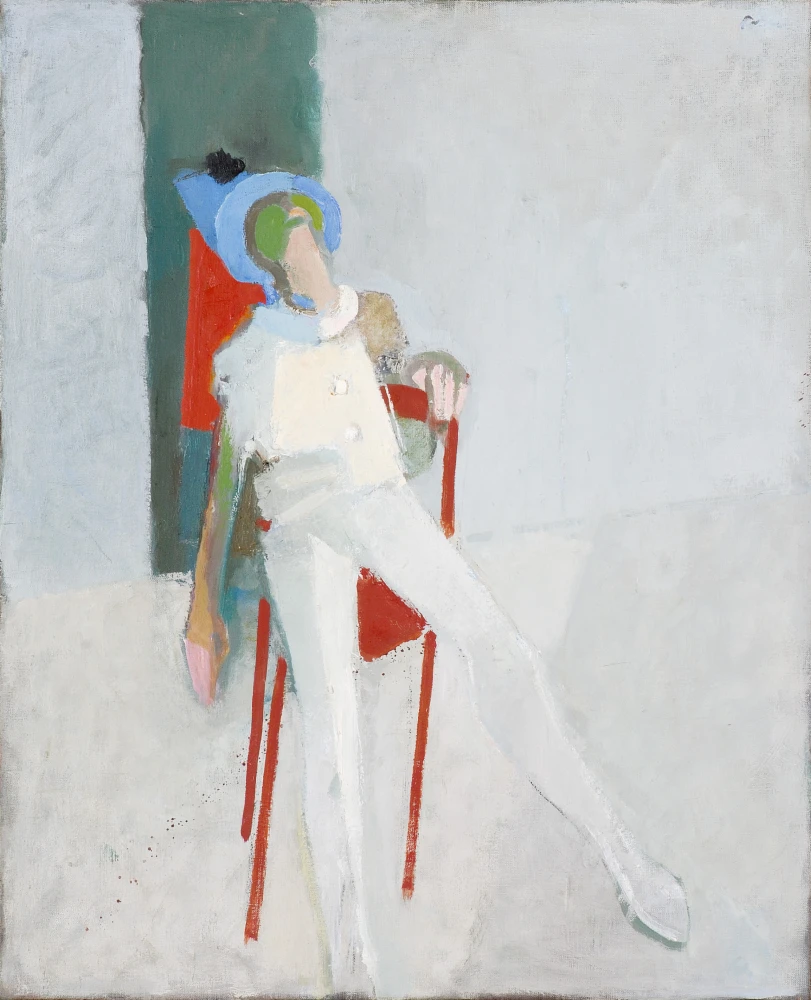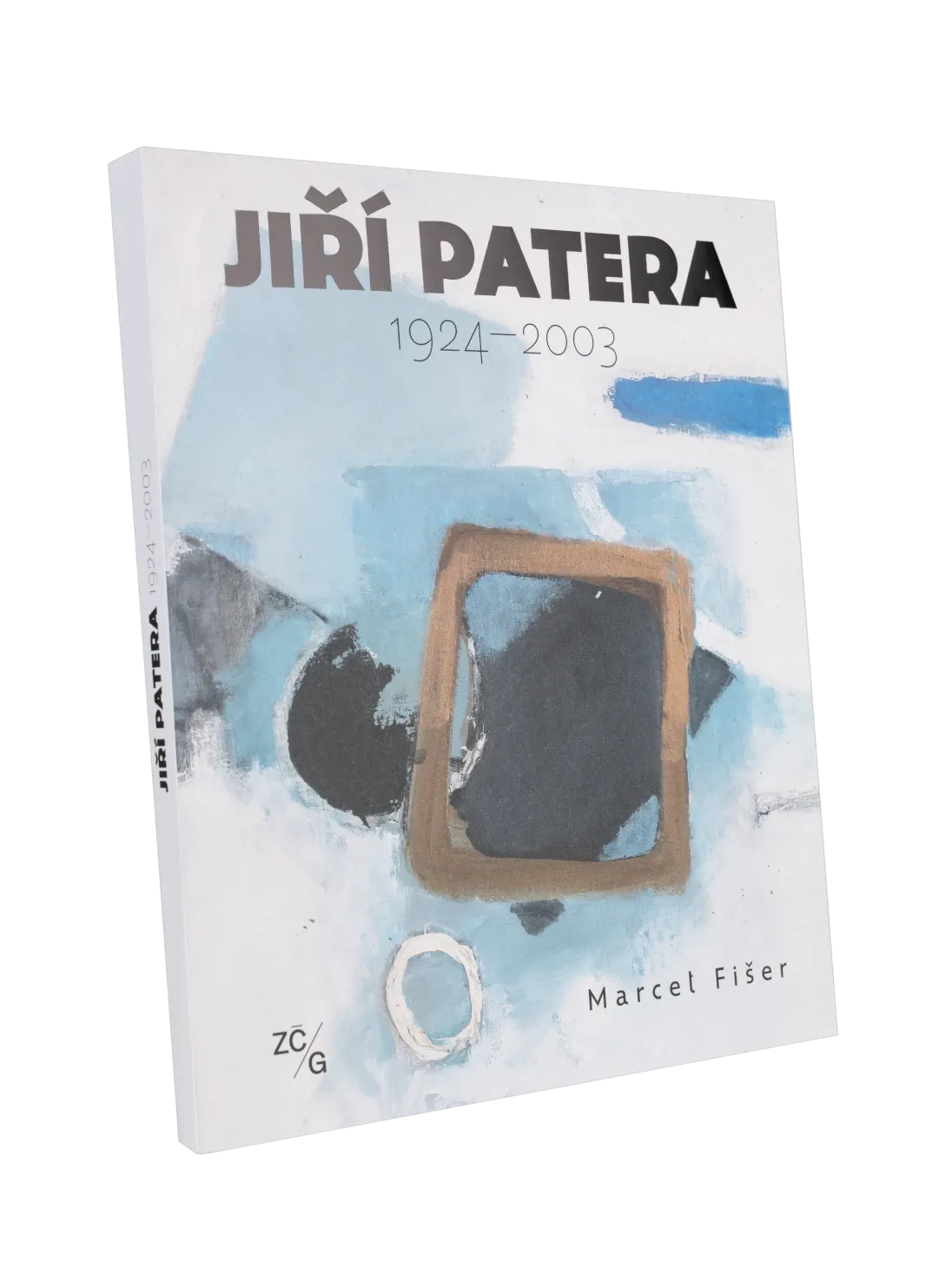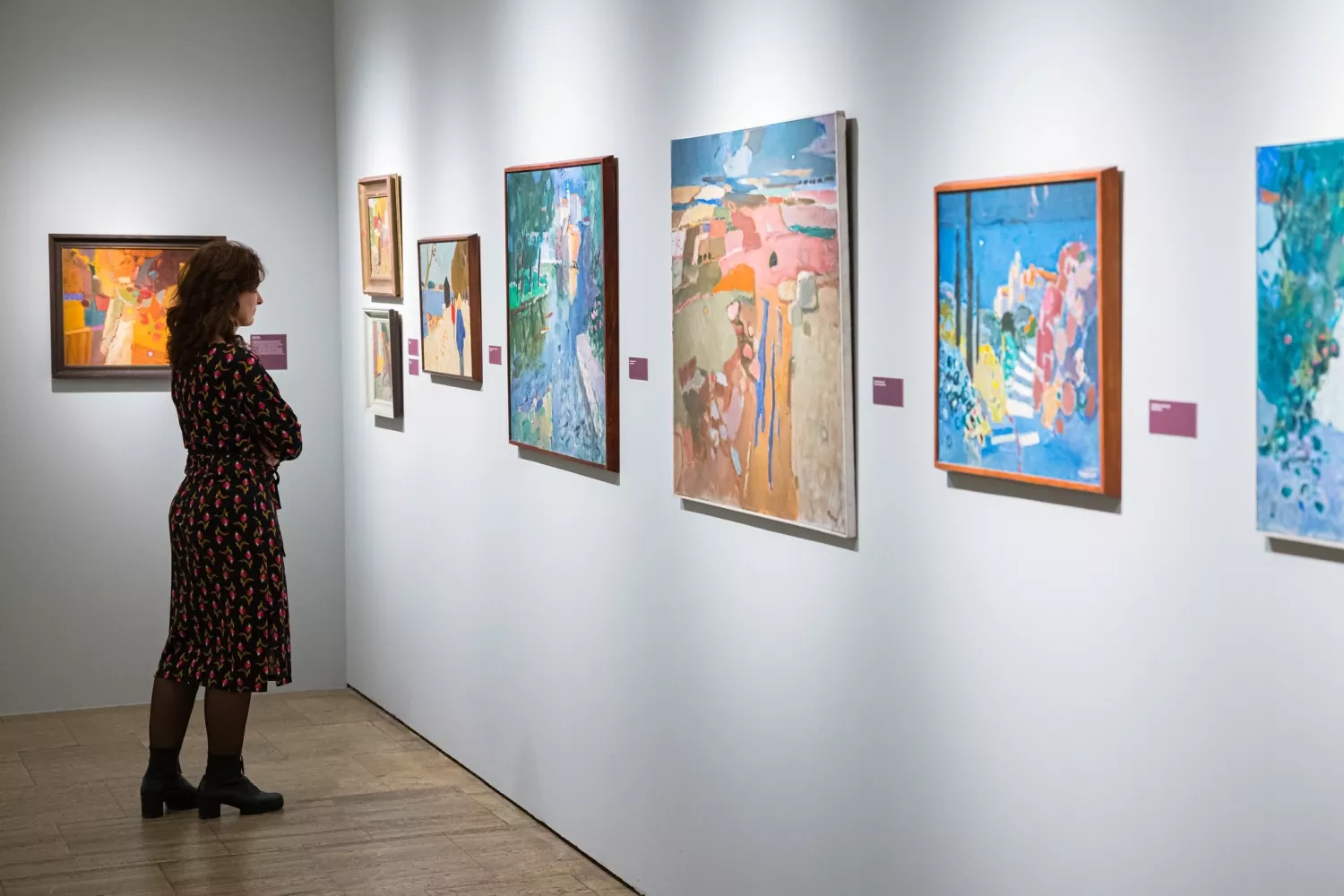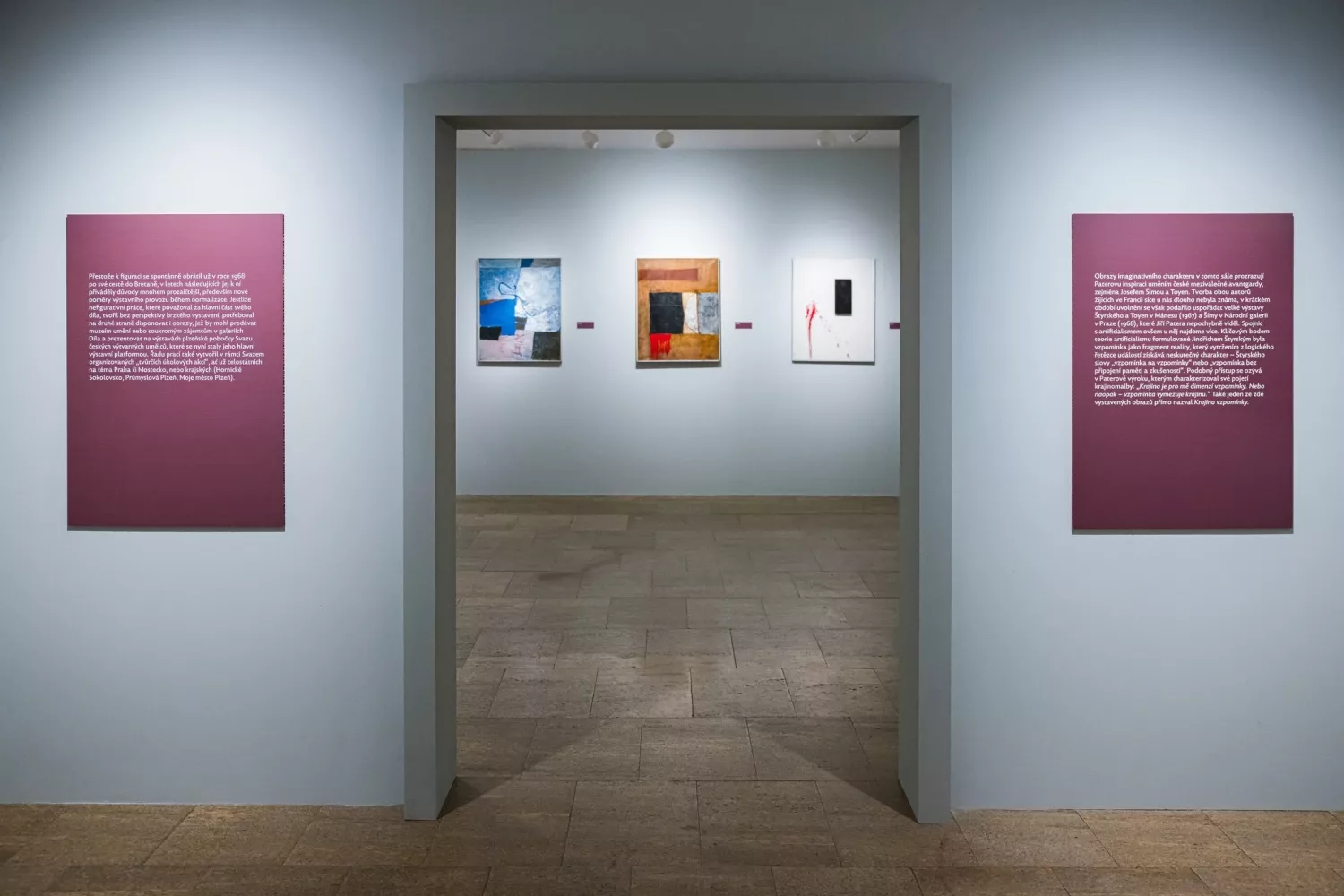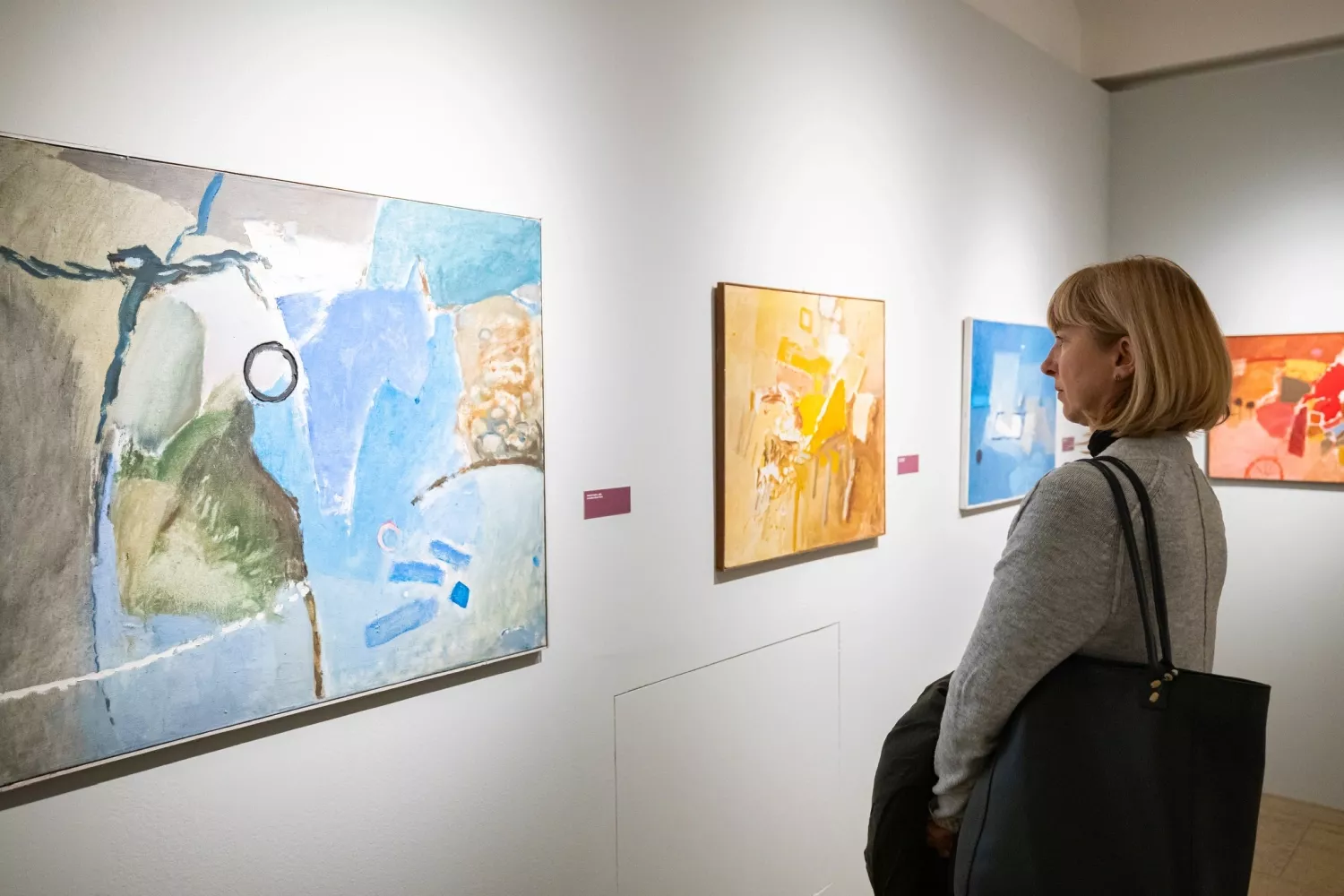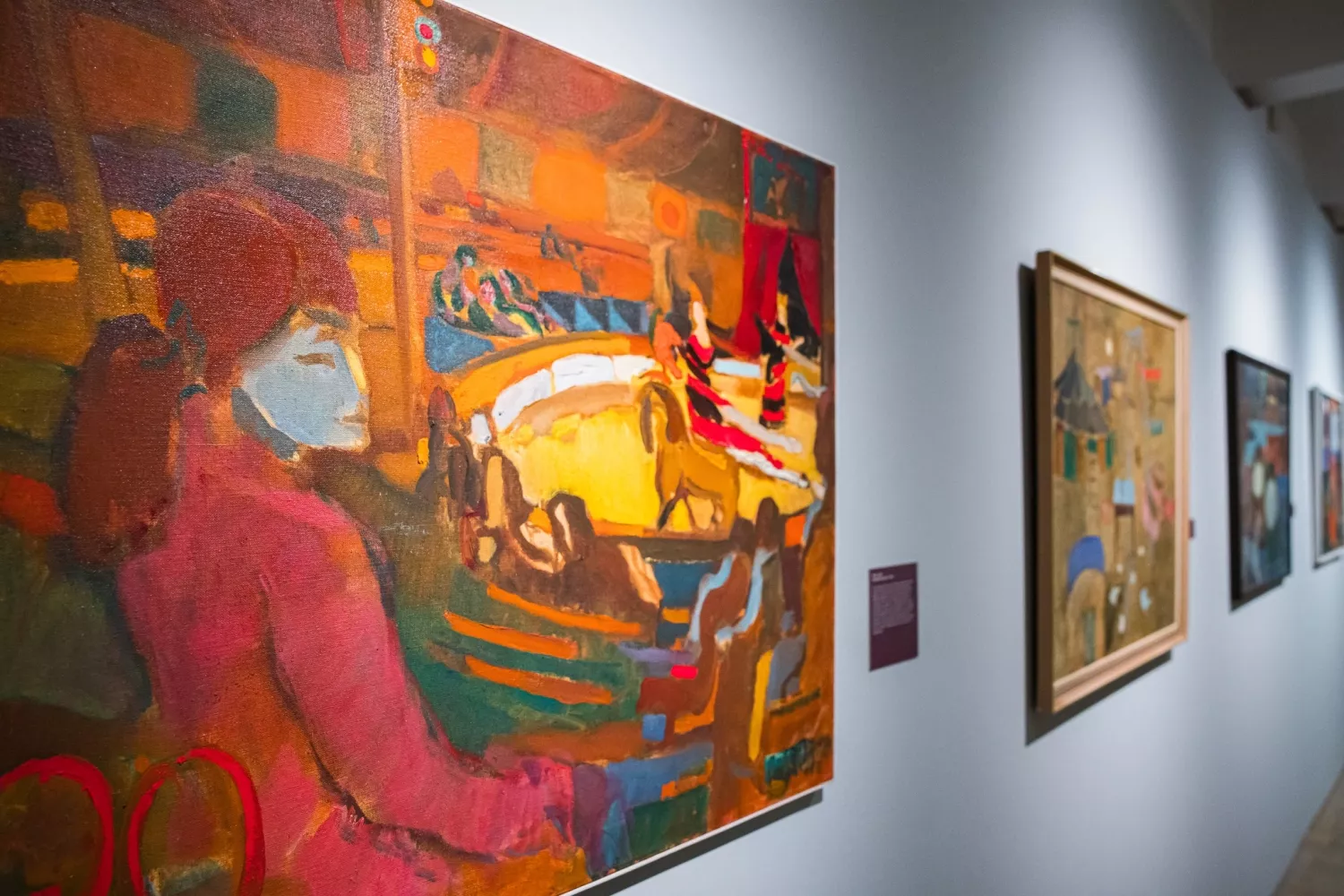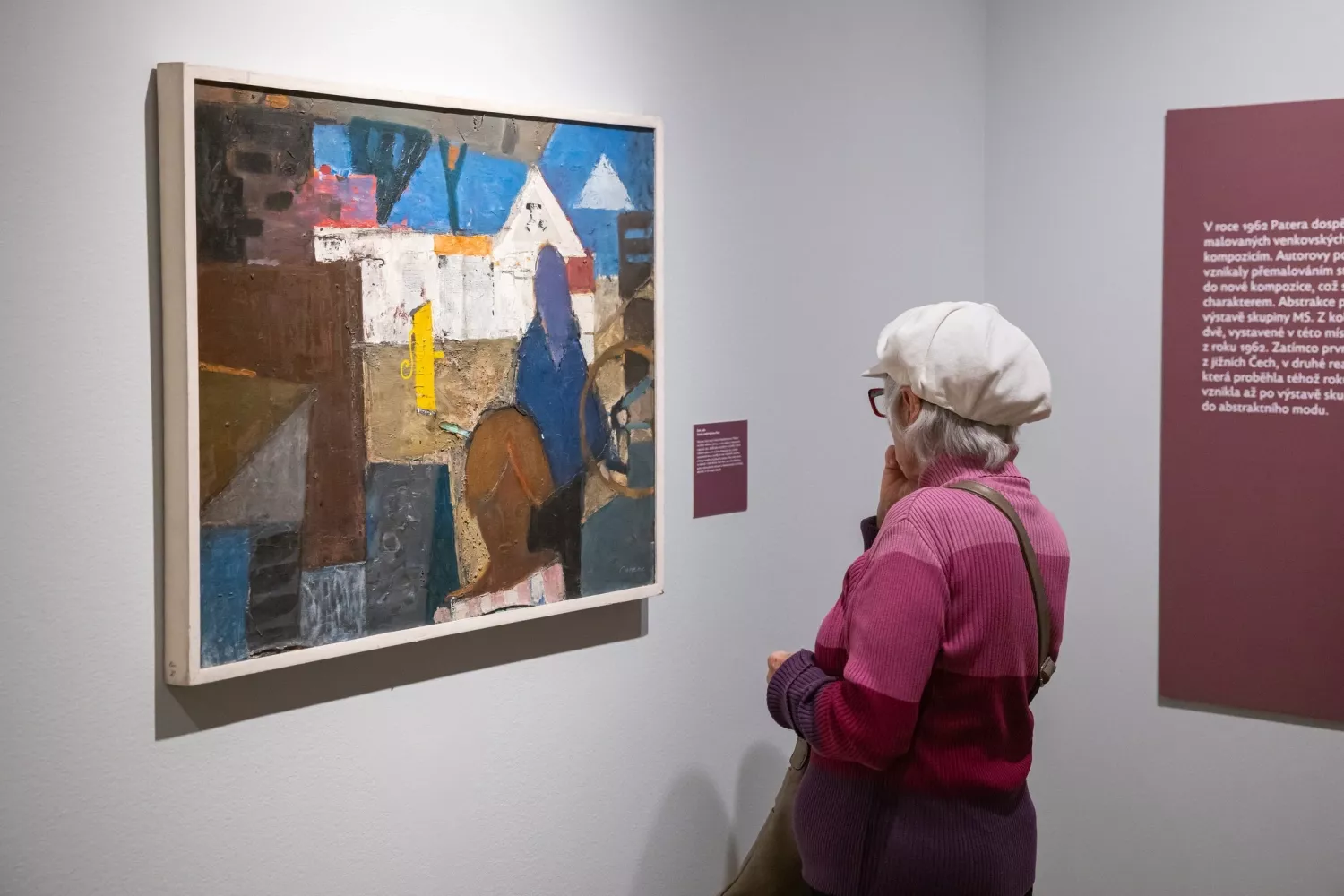Jiří Patera (1924–2003): A Retrospective
The retrospective exhibition accompanied by an extensive treatise is held on the occasion of the centenary of the birth of one of the most important figures of Pilsen’s artistic life, Jiří Patera.
It will commemorate the painter with a selection from his lifelong work in its various manifestations, whose connecting element was cultivated compositional and colourist approach. Patera’s paintings oscillated between object modernism and pure abstraction. At the end of the 1950s, when abstraction dominated world art but was a complete taboo in this country, Patera was one of the first in Czechoslovakia to develop it independently; in his case, however, abstraction always had an objective basis.
For Patera, strong theoretical reflection of painting was always characteristic, which stemmed from his starting point in the circle of the Faculty of Education at Charles University in Prague, where he was fundamentally influenced by his professor Martin Salcman, and later worked there himself for many years as an assistant to Zdeněk Sýkora. An important backdrop for his work was also plein air landscape painting translated into an autonomous form. Later, when he was forced to leave the university, he led amateur art groups in the Pilsen area and influenced a number of younger artists there, some of whom went on to gain wider than just regional acknowledgement (Václav Malina, Milan Maur).
At the forthcoming exhibition, Patera’s œuvre will be presented in its peak manifestations but, at the same time, the aforementioned contexts in which it was embedded will be indicated. Although the artist’s significance has so far been more or less limited to the Pilsen milieu, the exhibition will attempt to reconsider this position and place his work within the broader canon of Czech art of the second half of the 20th century.
